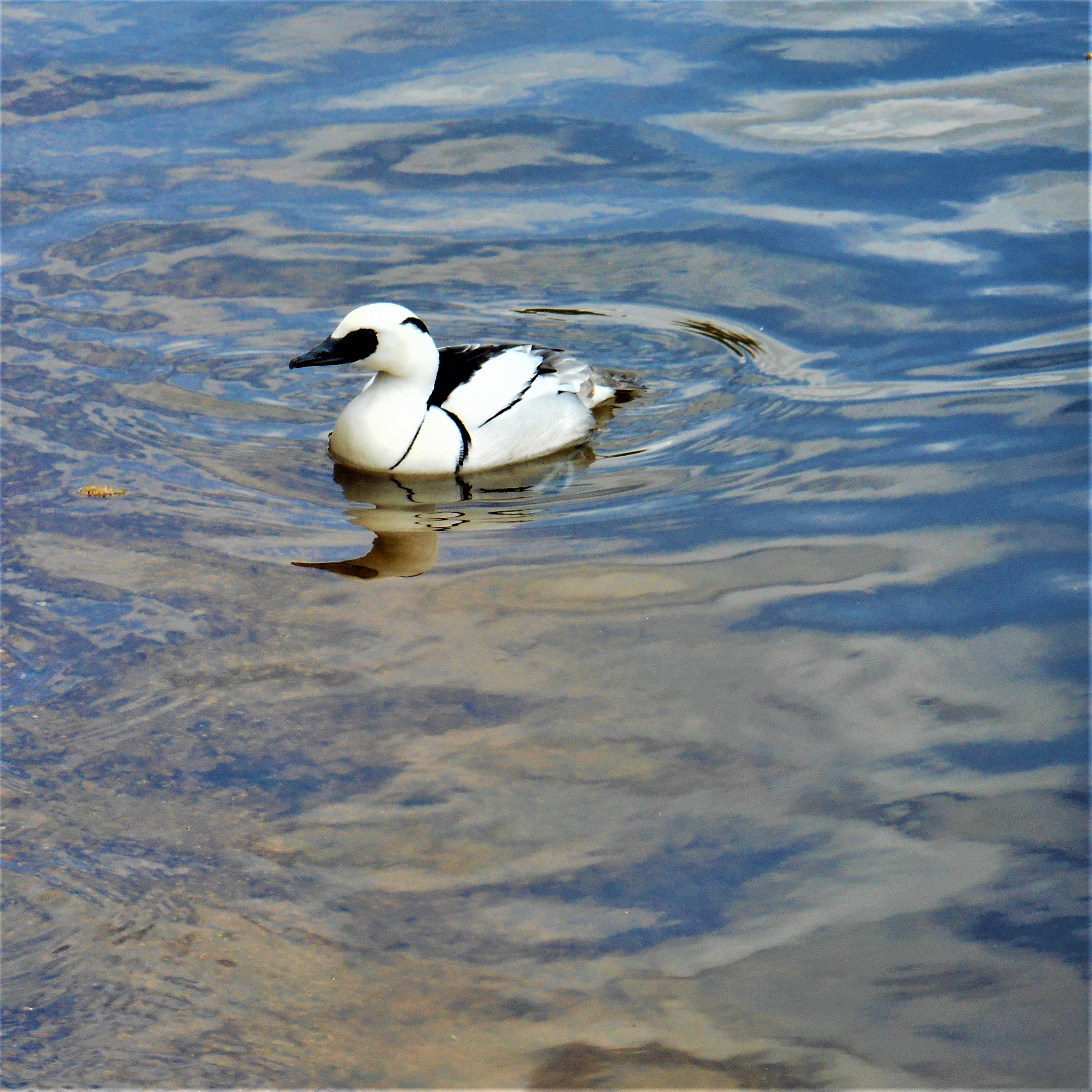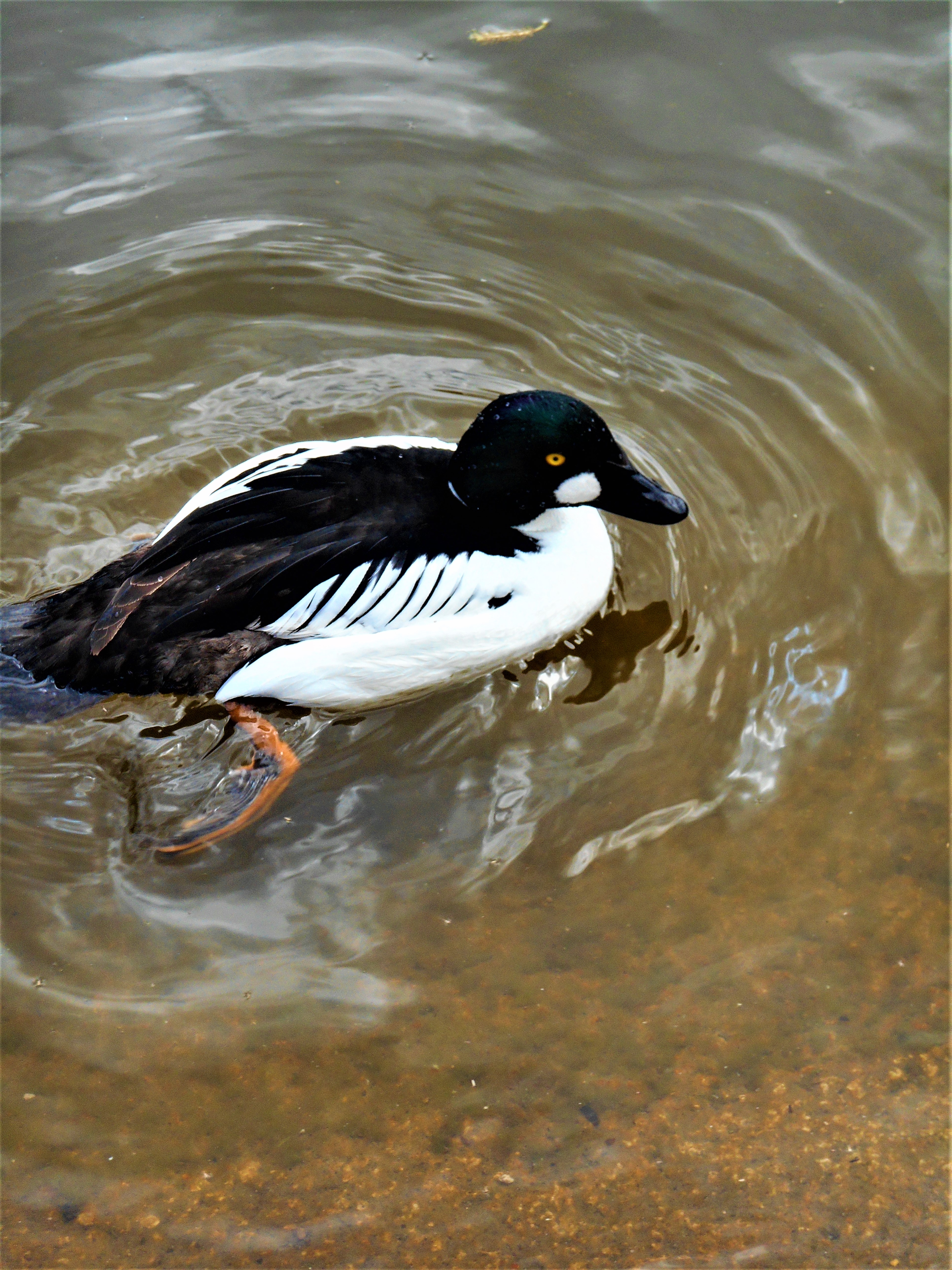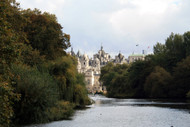St James's Park | Park In Westminster | Dallaswear
Posted by Callum McCrimmon on 1st Jan 1970
St James’s Park London
We love visiting St James’s Park in the heart of London. It is a beautiful sanctuary in the midst of the capital city. It is London’s oldest Royal Park and was the first Royal Park to be opened to the public. The park is surrounded by three palaces, these being Westminster, St James’s Palace and Buckingham Palace. As you can imagine, it is a very popular destination for tourists and Londoners alike, attracting over 16.9 million visitors a year.
The land was acquired by Henry VIII in 1532 as a deer park and the Palace of St James was built. Elizabeth I enjoyed using the park and held many different types of fetes there. It was James I who improved the drainage of the site and took control of the water supply but it was Charles II who had the biggest impact on the park. He made the most dramatic of changes by redesigning the park, with the addition of avenues of trees and the laying of lawns. It was at this time that the park was opened to the public. The King took great pleasure from the park and could be seen mingling with his subjects, feeding the ducks and visiting often. Later, further modifications led to the creation of Horse Guards Parade and the canal was blocked off to form the natural looking lake that exists today. In 1837, the Ornithological Society of London bestowed some birds to the park and built a cottage for a birdkeeper to oversee their welfare. The cottage can still be seen today.
For us, the highlight of visiting the park is to see the diversity of birdlife, in particular the different species of waterfowl. It is something we look forward to as we seem to see a different species whenever we visit. It’s a great opportunity if you enjoy photographing wildlife as you can get quite close to the birds. We have seen, and photographed, Hooded Merganser, Goldeneye and Northern Pintail. Other species include Coots, Moorhen, Tufted Duck, Shelduck, Red and Common Pochard, Shoveler, Teal, Gadwall and Wigeon. More exotic species include Black Swans and, of course, the Pelicans, which the park is famous for. The Pelicans were actually introduced to St James’s Park in 1664. They were a gift from the Russian Ambassador. These sociable birds like human company and can often be seen sitting next to visitors on park benches. They are big birds and have the second largest wingspan of all living flying birds which ranges from 226cm to 360cm. Adult male birds weigh between 9kg to 15kg, while the females are smaller and can weigh in between 5.5kg to 9kg. Pre-coronavirus it was possible to see the pelicans being fed but as a precaution, so as not to attract crowds, this is now done in private.

Away from the water, there are lots of other birds to look out for including blackbirds, wrens, robins, woodpeckers, blue tits, great tits, long tailed tits and tawny owl. Bats roost in the buildings and trees in and around the park and can be seen hunting around the lake soon after sunset. These Common Pipistrelles each consume around 3000 mosquitoes and small insects per night.
The trees in the park provide shade in the summer and are mainly Plane trees which are resistant to pollution. Other species include the Scarlet Oak Tree and the Black Mulberry. It is believed that the Black Mulberry in the park have a link to James I’s attempt to build a successful silk industry in the UK.
The flower beds in St James’s Park are always well maintained and provide a welcome burst of colour to the city. The tulips and daffodils of spring are quite spectacular.
A favourite pass time for visitors to the park, in the warmer months, is to spend some time relaxing on a deckchair, which can be hired at an hourly rate, weather permitting.

Throughout the park there are a number of food outlets in which to eat. These include four Refreshment points located the playground, Horse Shoe Bend, the Artillery Memorial and Marlborough Gate. Here you can grab hot and cold drinks, snacks, sandwiches and ice cream. There are two cafes. St James’s Café serves breakfast and lunch together with an all day “Grab-and-Go” service. There is seating inside and outside, and there is also a roof terrace which affords good views of the lake and fountain.
Storey’s Gate Café is named after Edward Storey who was known as the “Keeper of the King’s Birds” by Charles II. Storey Lodge, in which the café is located, was his residence in the park. The décor of the café is inspired by the history of the building and incorporates lots of artwork featuring birds and the colour blue, a nod to more recent use of the building as a police station. Opening times for the cafes and food outlets may differ at the moment due to coronavirus but details are available on the Royal Parks website, the link for which is included at the end of this blog.
There are many statues and monuments scattered around the park which are of historical interest and close by there are lots of places to visit including art galleries, the Houses of Parliament, Horse Guards Parade, Trafalgar Square and many other places of interest. It’s not far to walk down to the River Thames, which is a lovely walk and affords fantastic views of the city.

The park’s location and close proximity to the heart of London allows easy access to all that London has to offer. It also makes St James’s Park the ideal place to take refuge from the hustle and bustle of that same city, while at the same time, enjoying the fact that wildlife can thrive in a densely populated urban area. A great place to visit, a real sanctuary in the city.

